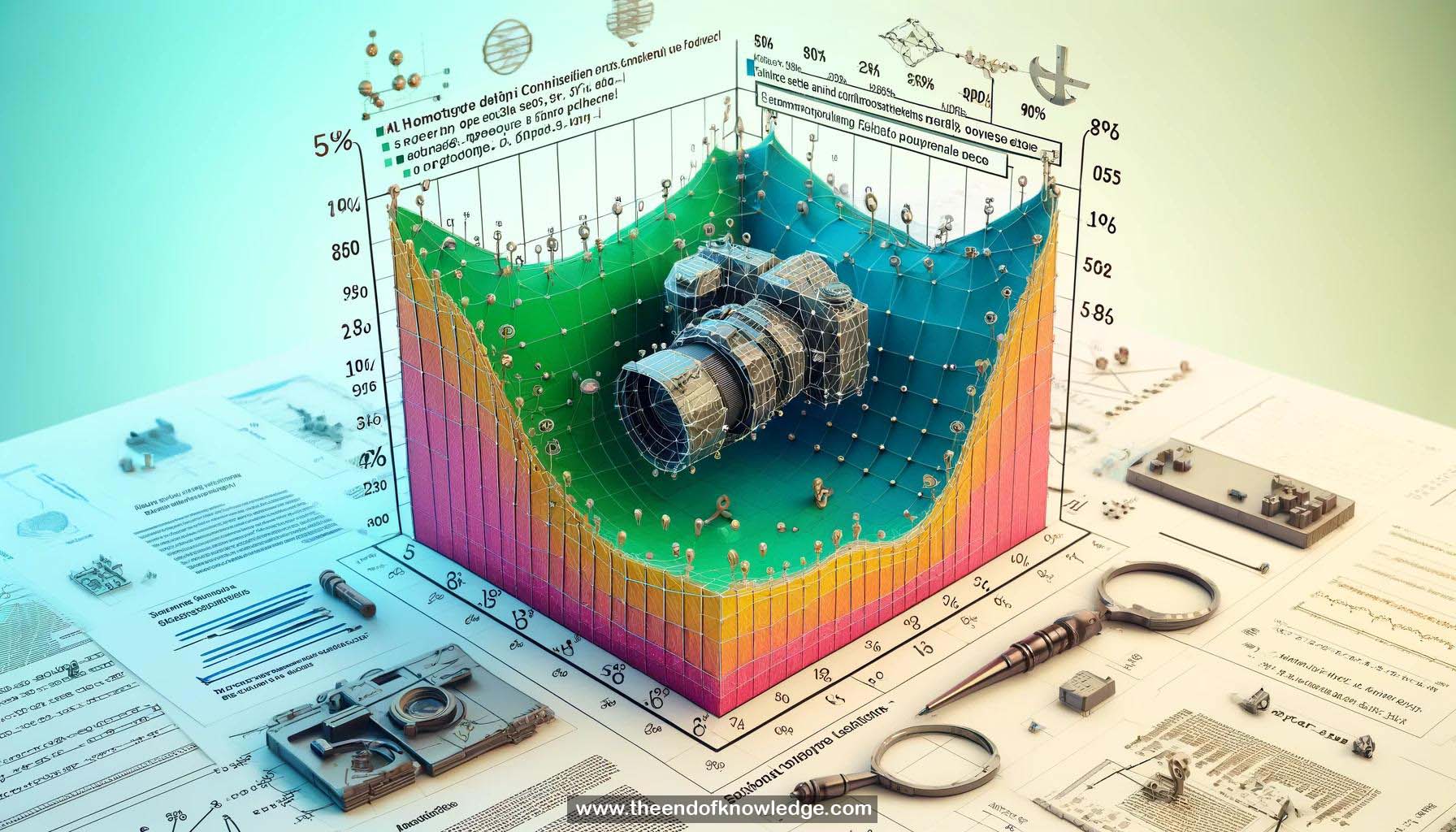 >
>
Concept Graph & Resume using Claude 3 Opus | Chat GPT4o | Llama 3:
Resume:
1.- Solving hard geometric optimization problems in RANSAC by avoiding spurious solutions using learning and homotopy continuation.
2.- Demonstrating the approach on computing relative pose of three calibrated cameras via relaxed minimal problem with four points per view.
3.- Single problem solved in under 70 μs on average, over 10x speedup compared to previous careful approximation.
4.- General approach applicable to other hard minimal problems, even some with infinite spurious solution families.
5.- Coupling the solver with real data distribution of the specific computer vision problem.
6.- Problem-solution manifold contains problem-solution pairs, projected to problem space.
7.- Introducing probability density on the problem-solution manifold representing real-world problem-solution pair distribution.
8.- Assumption: an input problem likely has one dominant meaningful solution occurring frequently in real data.
9.- Pick & solve approach: pick promising starting point, then continue it to a meaningful solution.
10.- Offline stage: sampling data representing manifold and distribution, covering with anchors, learning anchor selection model.
11.- Online stage: preprocessing input, selecting starting pair, constructing equations, computing solution by homotopy continuation from starting pair.
12.- Anchor selection by building graph of problem-solution pairs and finding dominating set.
13.- Learning starting pair selection as classification task using multi-layer perceptron.
14.- Homotopy continuation to track one real solution path from start to target problem.
15.- Efficient homotopy continuation implementation with optimized predictor-corrector steps using sparsity.
16.- Minimal problem formulations using unknown depths, with basic multiview constraints and problem-specific relaxations.
17.- Normalizing/preprocessing input image correspondences for simplified learning and tracking.
18.- Experiments with RANSAC on real datasets to evaluate generalization, noise/mismatch robustness.
19.- Results show lower success rate can be compensated by more RANSAC iterations.
20.- Code and data made publicly available.
Knowledge Vault built byDavid Vivancos 2024